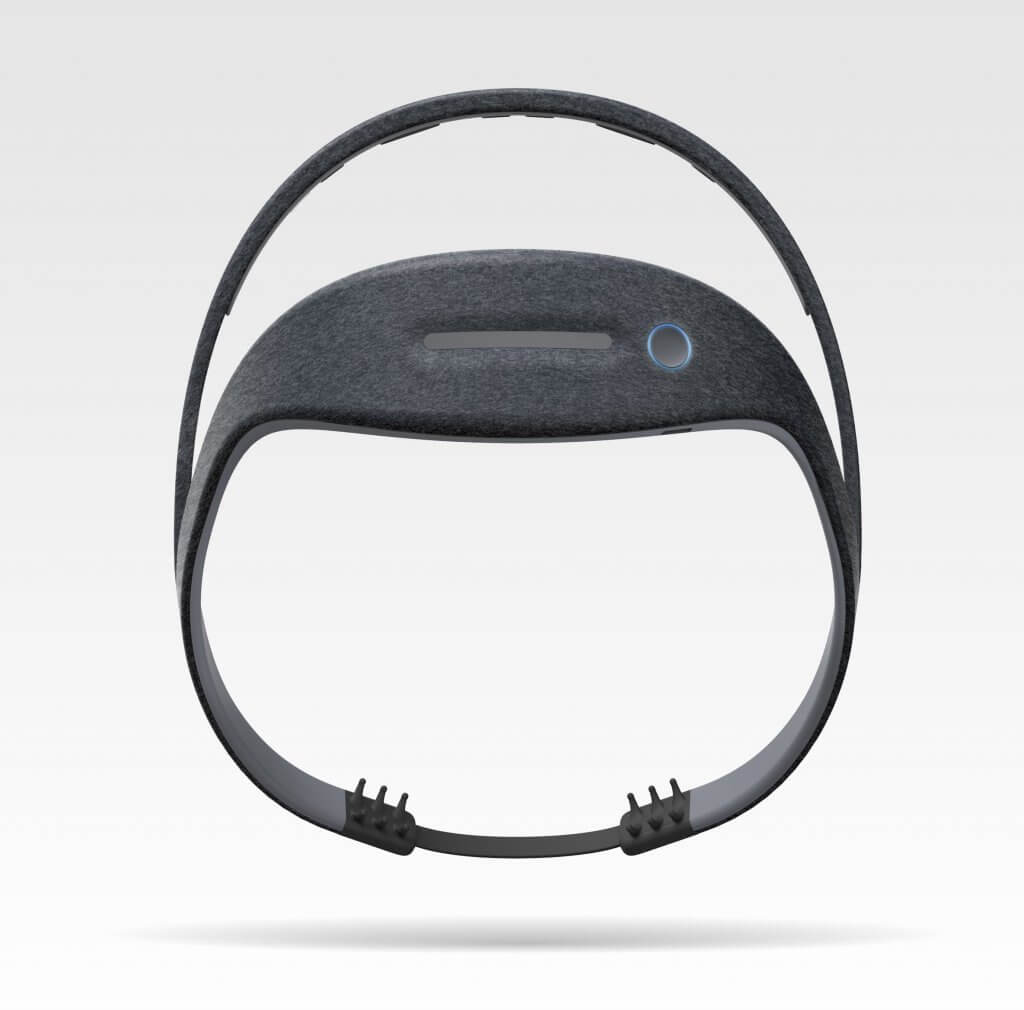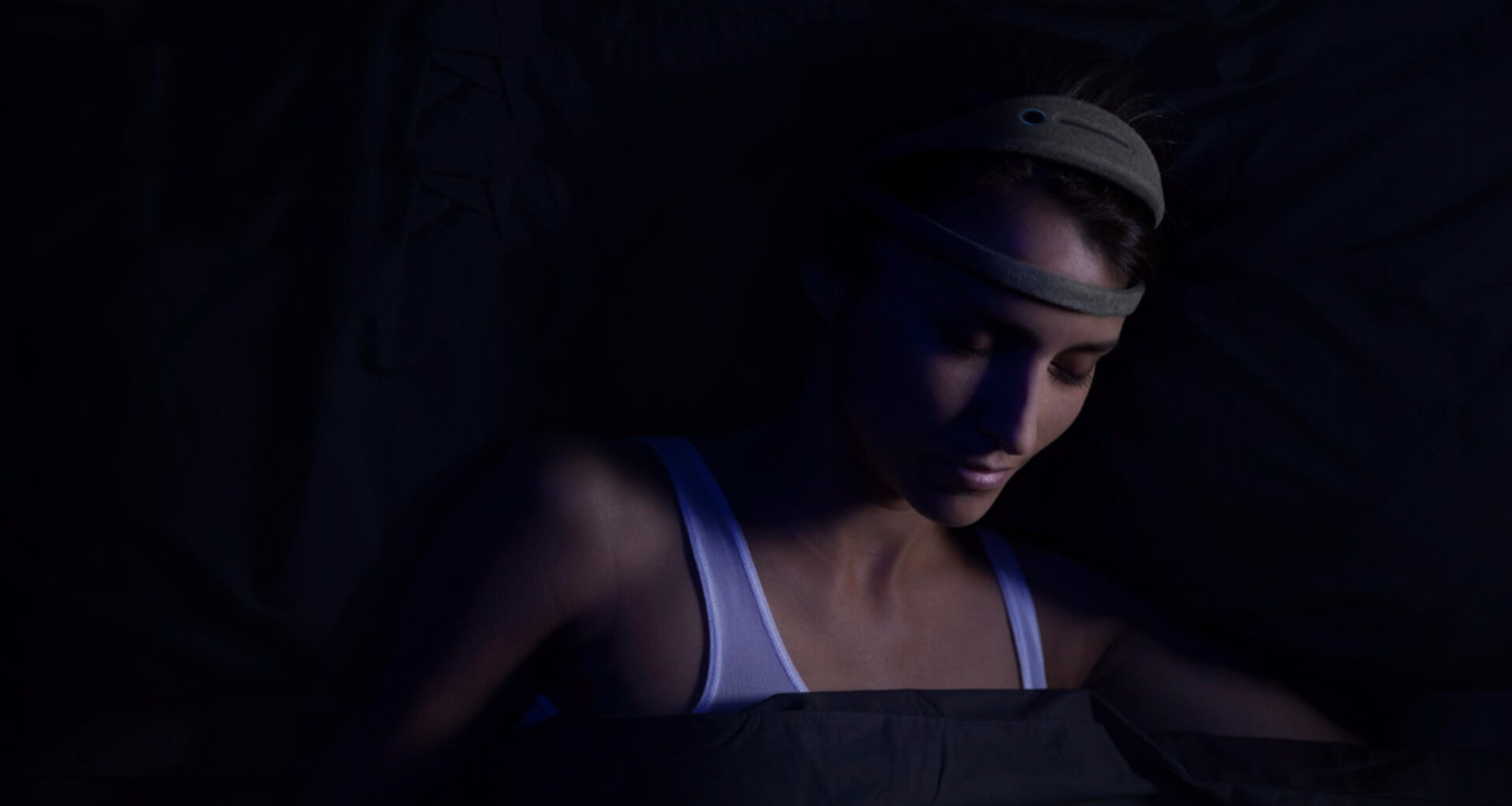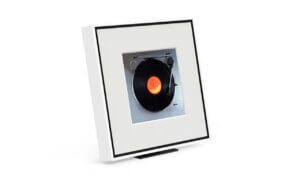When it comes to sleep, technology is our worse enemy. Blue light from mobile devices and TV decreases the levels of sleep-inducing melatonin more than any other wavelength. Ironically, technology can also be part of the solution. When books and warm milk fail to induce profound sleep, this Dreem smart headband might do the trick #objectmagic
As you’ll notice, the Dreem device doesn’t have a screen, so you can put to rest all display-related worries. In fact, it designer Yves Behar used foam-lined bands and uses fabric similar to the one found on the Daydream headset from Google. Unlike that one, Dreem bends and adjusts to the shape of your head and your movements once asleep.

Put it on before closing the lights and switch on the sleep-conducive tracks. The company has clearly put some thought in it, since you can find everything there from meditative ones, to breathing tutorials or tracks that help you synchronize your breathing with your heart rate. After you fall asleep, EEG electrodes come into play. These can monitor your brain activity and adjust accordingly the sounds sent to your inner ear so you can have a peaceful sleep. Also, bone-conductive technology makes sure the audio you’re listening to can’t be heard by anyone else.
The next day you should wake up refreshed, especially since Dreem comes with its own alarm system. Set it and will wake you up gently, unlike the usual ringtone. While your sleeping data can be easily found on the smartphone app the following day, while you’re in bed, you can adjust Dreem from a touch sensitive bar.
If you know your sleeping routine needs a make-over, look for the Dreem device on the company’s website, where pre-orders are already available. The Early Bird price (available until July 15) is $399 with the retail one expected to be $499. Shipping begins this fall.
Follow TechTheLead on Google News to get the news first.





















